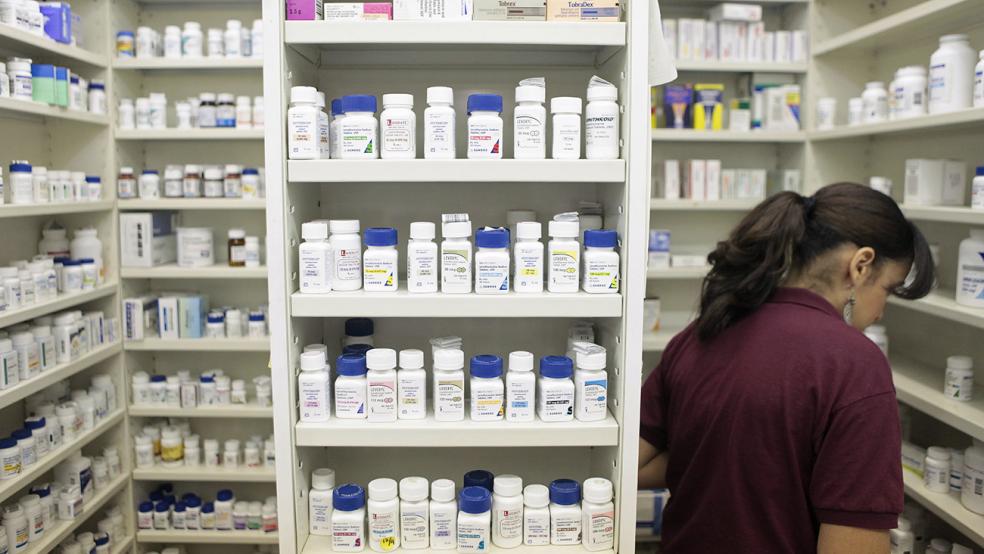The New York Times’ Tina Rosenberg lays out an idea for getting Big Pharma to make important new medicines affordable: Treat the drugs like Netflix treats its shows. You pay a flat fee and then can use its product as much as you want.
Rosenberg explains using an example from Australia and costly drugs for hepatitis C:
“In 2015, Australia signed agreements with Gilead, AbbVie, Bristol Myers Squibb and Merck, producers of the new hep C cures. For 1 billion Australian dollars — $766 million U.S. — Australia gets, for five years, all the hep C medicine it can use.
“The size and certainty of the payment guarantees that the drug companies will get large profits. And they can look like good guys.
“A study just published in The New England Journal of Medicine found that on average, Australia pays $7,352 (U.S.) per course of treatment. It has been able to treat seven times as many patients as it would without the agreements.”
Rosenberg reports that Louisiana and Washington State are following Australia’s example and looking to sign contracts with manufacturers of hep C drugs. In January, Louisiana asked drugmakers to bid on a plan to supply unlimited amounts of hep C drugs for $35 million — the amount the state spent last year to treat about 1,000 of the estimated 90,000 people infected. Bidding closed Thursday, Rosenberg says, and the state hopes to start getting medicines on July 1.
Read the full piece at The New York Times for more on why the “Netflix model” makes sense for hep C drugs, and to see where else it might apply.




